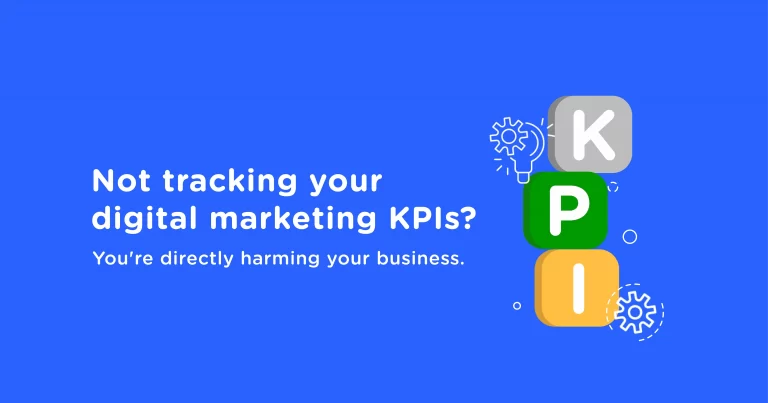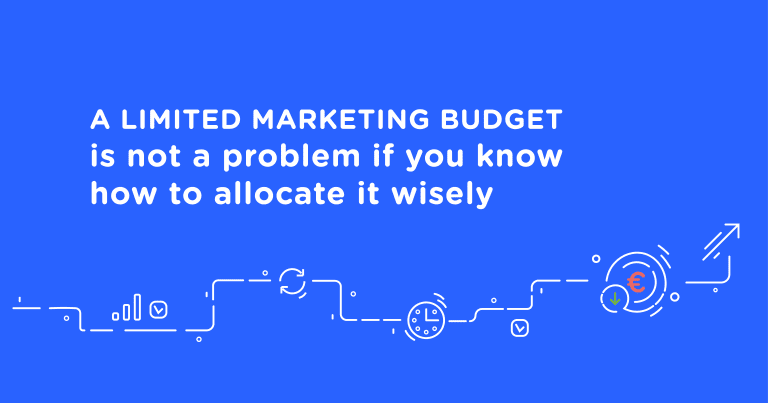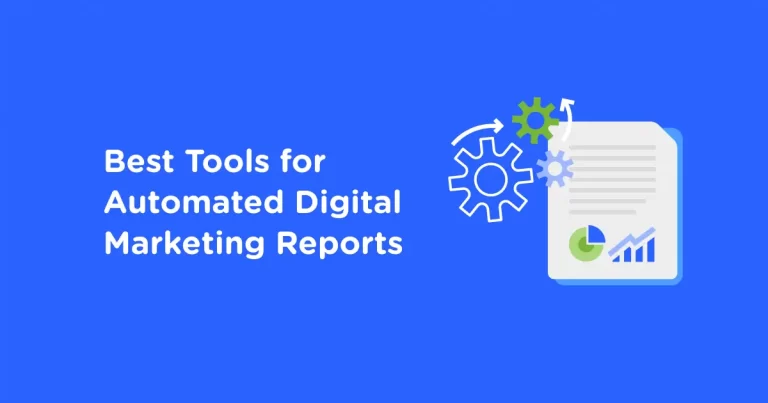As we step into 2025, B2B business professionals are not only reviewing the achievements of the past year but also setting goals and strategies for the year ahead. Many are asking what to expect this year, which strategies will work best, and how to adapt to the ever-changing market trends to achieve the highest efficiency.
In this article dedicated to the B2B sector, we will review the best practices in digital advertising, highlight key updates to watch for, and explore how to ensure your B2B advertising campaign strategy meets industry standards and outperforms competitors.
Topics Covered in This Article:
- What are the differences between B2B and B2C digital advertising?
- What are the key KPIs for businesses when creating a B2B digital advertising strategy?
- How much focus should be placed on brand awareness ads versus lead generation in 2025?
- Which advertising platforms will be the most effective for B2B marketing in 2025?
- How to best evaluate the quality of received leads?
- How to determine whether a digital advertising campaign is ineffective or simply needs more time to yield results?
- The most common B2B digital advertising mistakes and what businesses still fail to understand.
Understanding the Key Differences Between B2B and B2C Digital Advertising
Digital advertising plays a crucial role in both B2B and B2C marketing strategies. However, it’s important to recognize that these two sectors require different approaches due to differences in audience behavior, purchasing cycles, and conversion goals. While B2B and B2C often use similar advertising channels, their application, messaging, and optimization strategies differ significantly.
B2B customers are typically more geographically dispersed compared to B2C consumers. In Lithuania, B2C companies often focus on the local market, running ad campaigns in a single language (e.g., Lithuanian). In contrast, B2B companies frequently target international markets, requiring multilingual content or a universally accepted language, usually English.
Moreover, the B2B sector usually has a smaller audience than B2C. This means advertising budgets may be lower, but audience reach is also more limited. Consequently, choosing the right advertising channels and segmentation strategies is crucial.
The most effective advertising channels for B2B are those that provide access to decision-makers, such as LinkedIn, Google Ads, Bing, and YouTube. In some cases, Meta platforms (Facebook and Instagram) can also be effective. While they may not seem like the best fit for B2B, experiments and experience have shown that they can be useful lead-generation tools in specific scenarios.
Key platform insights:
YouTube – Primarily used for educational content and brand awareness.
LinkedIn – Ideal for precise audience segmentation based on industry, job title, and company size.
Google Ads – Effective for reaching an audience actively searching for solutions, especially through search ads.
Microsoft Bing – Performs better than Google Ads in certain foreign markets.
Facebook & Instagram – Can enhance a B2B digital advertising strategy in specific cases.
In B2C marketing, more emphasis is placed on Meta Ads (Facebook, Instagram), TikTok, YouTube, and Google Ads, as these channels enable quick audience reach and direct sales generation.
B2B advertising faces greater challenges in reaching the right audience, as decision-makers are busy and less likely to engage with ads. Additionally, B2B target audiences are often small, necessitating audience expansion strategies, which may reduce targeting accuracy and increase costs per click.
Key KPIs to Track in B2B Digital Advertising
It’s no surprise that the most critical KPIs are revenue and profitability—provided that specific actions or strategies can be directly linked to achieving these results. The ability to measure this depends on circumstances, technology, and marketing budget.
Other essential KPIs include:
- Number of potential customer inquiries over a specific period
- Average cost per inquiry over a set period
- Dynamics of new customer growth over time
- Cost of acquiring a new customer within a specific timeframe
- Percentage of inquiries that convert into customers
- Average order value
- Customer lifetime value (CLV)
The choice of measurement periods (weekly, monthly, quarterly, annually) is crucial. Selecting the wrong period can lead to misleading conclusions. The chosen timeframe should align with the average sales cycle length. In B2B businesses, sales and negotiation processes can take months or even years. If the average sales cycle exceeds three months, monthly reports may not reflect the real impact of marketing efforts.
Tracking KPIs dynamically and analyzing trends is essential. The key to effective performance analysis is identifying the actions influencing KPI fluctuations to understand which strategies are working and which are not.
Brand Awareness vs. Lead Generation in B2B Advertising
In 2025, it’s essential to strike a balance between brand awareness campaigns and direct lead generation. If your product or service lacks significant demand, start by investing in brand awareness to build a future audience and organically drive interest over time. You must create demand for your product yourself.
If your product already has market demand, focus on capturing existing interest—target consumers actively searching for your offering and ready to purchase. Direct advertising toward users who are also interested in competitors’ products.
Market demand can be assessed through search engine data and inquiry volume analysis. If search volume aligns with business growth plans, conversion-focused campaigns may be sufficient. However, if you have the capacity to scale sales further, investing in brand awareness can help generate new demand.
How to Evaluate the Quality of Leads?
To assess lead quality properly, consider not only the quantity but also the conversion rate of leads into actual customers. The number or cost of leads alone is insufficient, as irrelevant or spam leads may distort results. Marketers often rely on Google Analytics, but this tool counts all inquiries from a website, including non-relevant ones, which can skew the real effectiveness of marketing efforts.
To gain more precise insights, businesses should integrate a CRM system. A CRM allows tracking lead quality over time, optimizing marketing campaigns, and making data-driven decisions that drive long-term growth.
Signs Your Digital Advertising Campaign Isn’t Working
To objectively evaluate a digital advertising campaign, analyze it in phases:
- Capturing Audience Attention – If the Click-Through Rate (CTR) for search ads is above 30%, it indicates strong engagement. Other platforms may have lower CTRs (e.g., 2%), but continuous optimization is key.
- Audience Quality and Engagement – Not all clicks translate into leads. Monitoring website engagement and differentiating between interested visitors and irrelevant traffic is crucial.
- Lead Actions – Tracking not only site visits but also completed actions (calls, form submissions, purchases) is essential. If the first two stages perform well but sales are low, the issue might lie in the conversion process, lack of trust, or insufficient time to see results.
Since B2B sales cycles can be long, campaign impact may only become apparent after several months. If your product’s purchase decision timeline is six months, evaluating campaign success in a shorter timeframe may be misleading.
Common B2B Digital Advertising Mistakes
- Unrealistic expectations – Many expect immediate results from digital campaigns, but B2B sales cycles take longer.
- Resistance to change – Many B2B professionals rely on traditional sales methods, resisting digital transformation.
- Poor measurement of effectiveness – Focusing solely on lead quantity without assessing quality or long-term impact.
- Misjudging market potential – Expecting high inquiry volumes in niche markets with limited audiences.
- Poor Google Analytics setup – Incorrect KPI tracking can mislead decision-making and AI-driven ad targeting, reducing ROI.
GDPR compliance issues – Failure to meet data protection requirements can lead to fines and loss of customer trust.
B2B businesses must view digital marketing as a long-term investment rather than a short-term experiment. Success requires strategic planning, continuous optimization, and commitment to data-driven decision-making.
Need help with your B2B advertising strategy? Get in touch with us!
Fields marked with * mandatory.









